We arrived safely a few days ago in Longyearbyen, the largest settlement on the island of Svalbard. Where are is that exactly? The short answer is we are way up north. More specifically, we are about 700 miles north of the Arctic Circle. With a permanent population of around 2,000 people, Longyearbyen is the northernmost substantial settlement in the world.
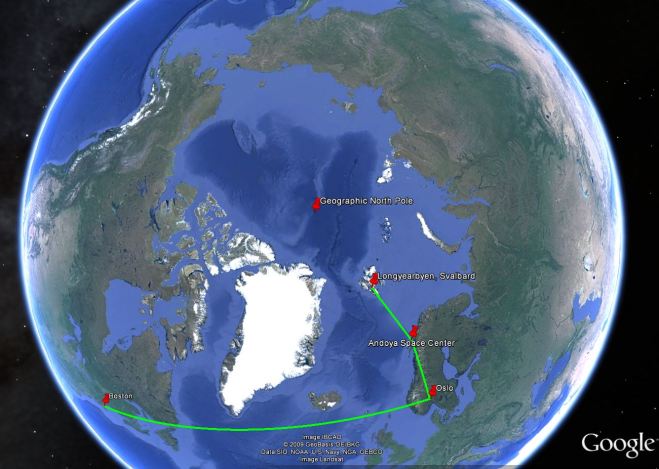
The town of Svalbard is located in a glacier-fed river valley that empties into a fjord. The town was established by coal miners over a hundred years ago, and the mines are still active today.

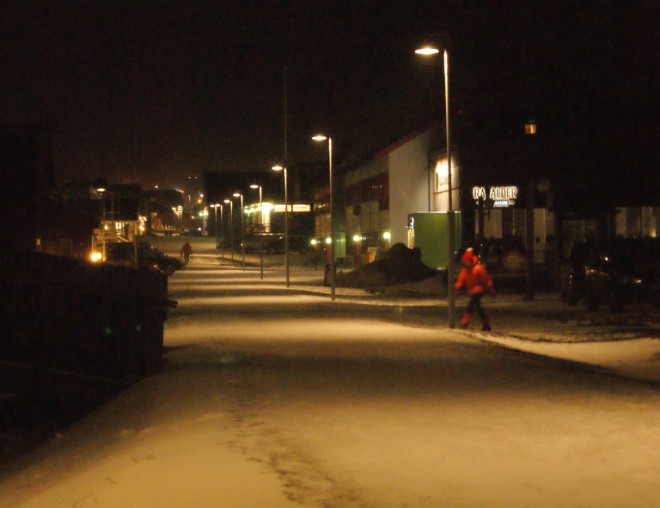
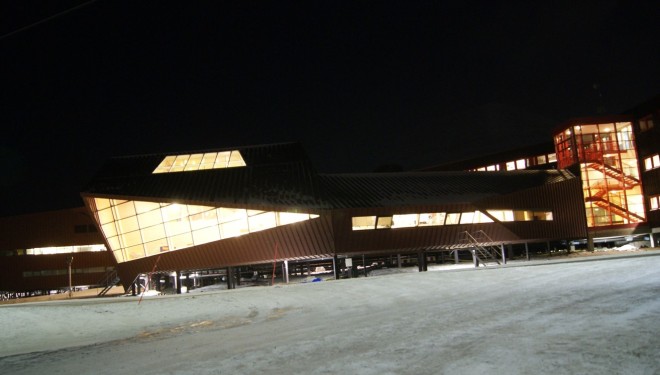
We spent the first couple days in town at UNIS meeting with our hosts and finalizing plans for during the launch window. During the window, however, we are up on the mountain ridge at the Kjell Henriksen Observatory (KHO) to monitor conditions in real time with local access to data. We monitor the conditions with ground based and space based measurements.
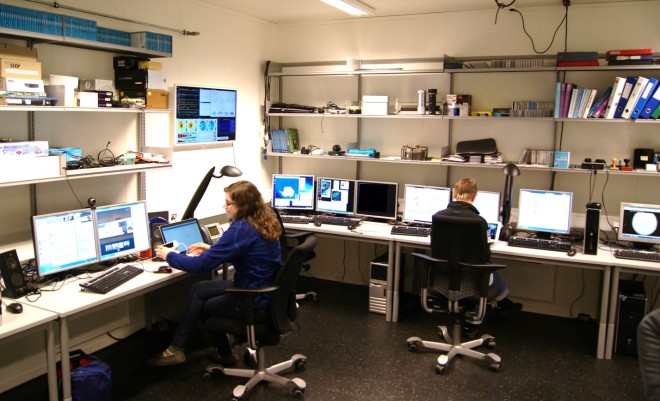
It has been 4 days since I’ve seen the sun, though I hear stories that it’s still up somewhere. Weather conditions have been poor so far, both on the surface and up in space. There is little evidence that the aurora we want to see has been present since it’s been cloudy for the past couple days, but winds at the launch site have made a launch unlikely anyway. Now we just have to sit and wait for the sun to send some activity our way and hope the winds cooperate at the launch site.
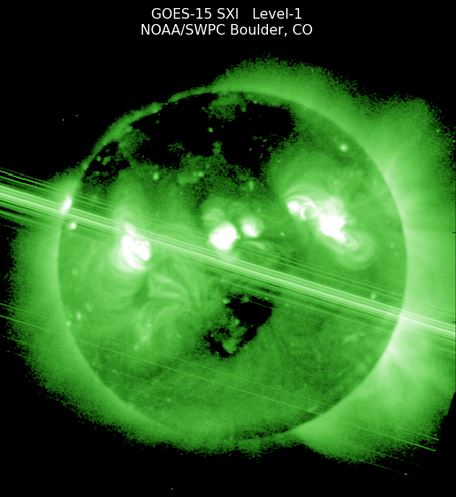
X-Ray images of the sun show several active regions that could provide some good aurora over the next few days.
Until next time…
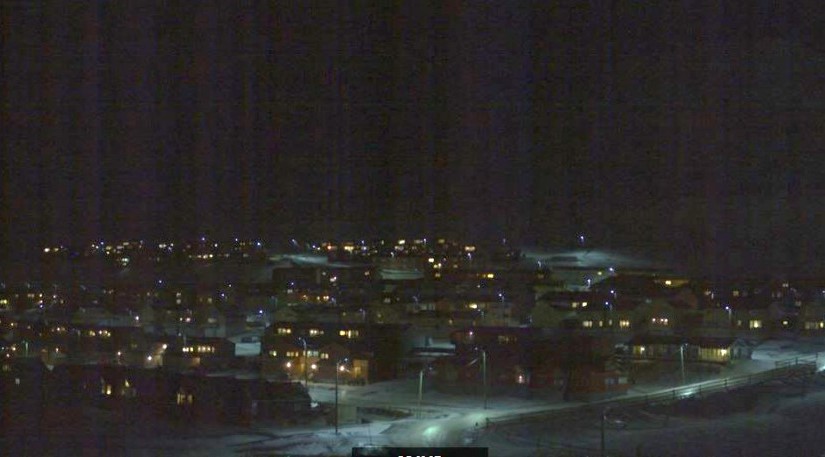
Great Post, lovely pics.
And the wait begins….patience is a virtue.